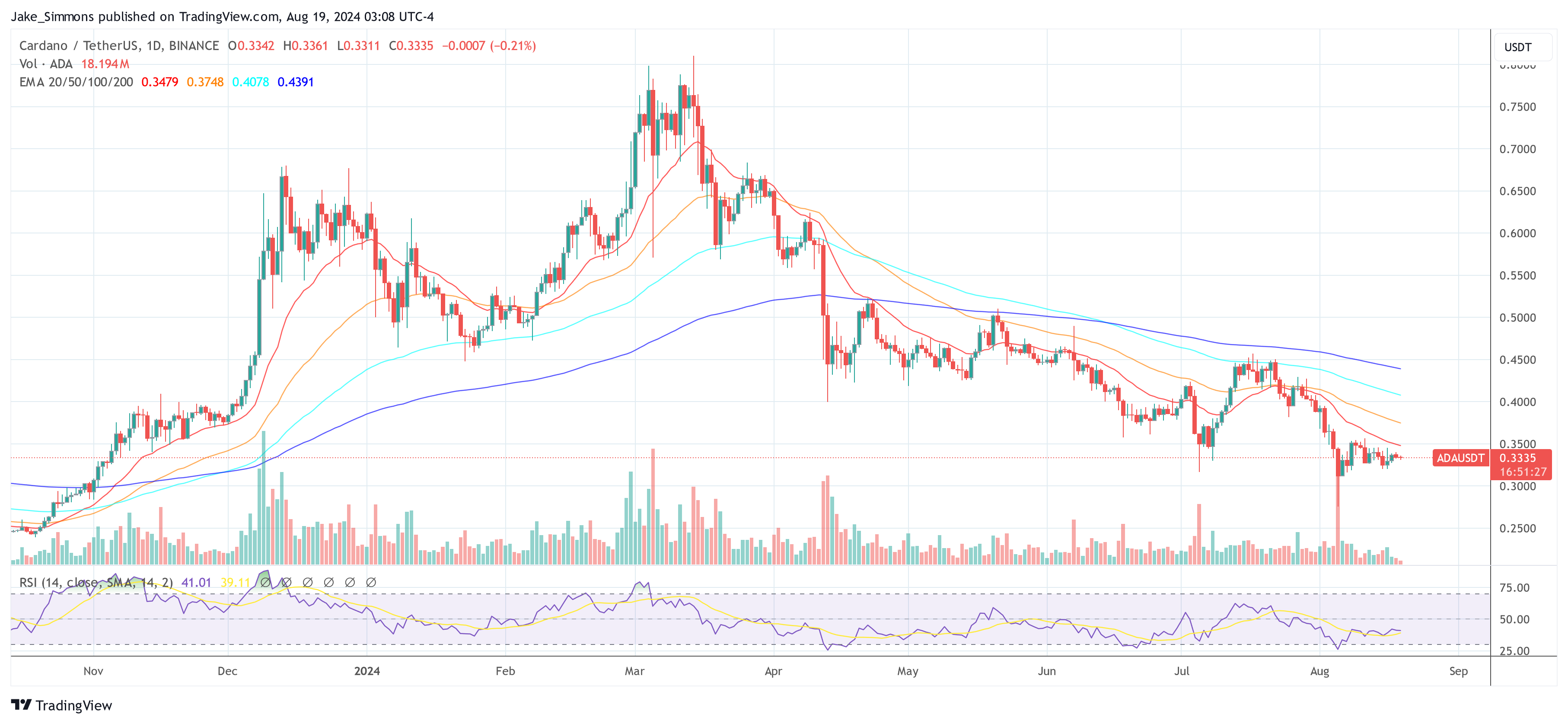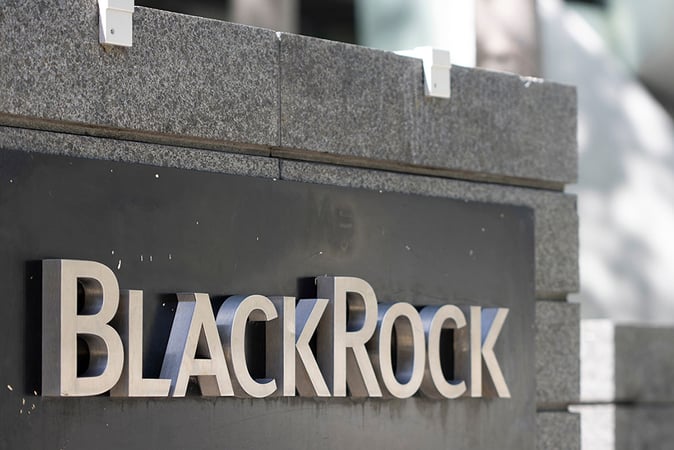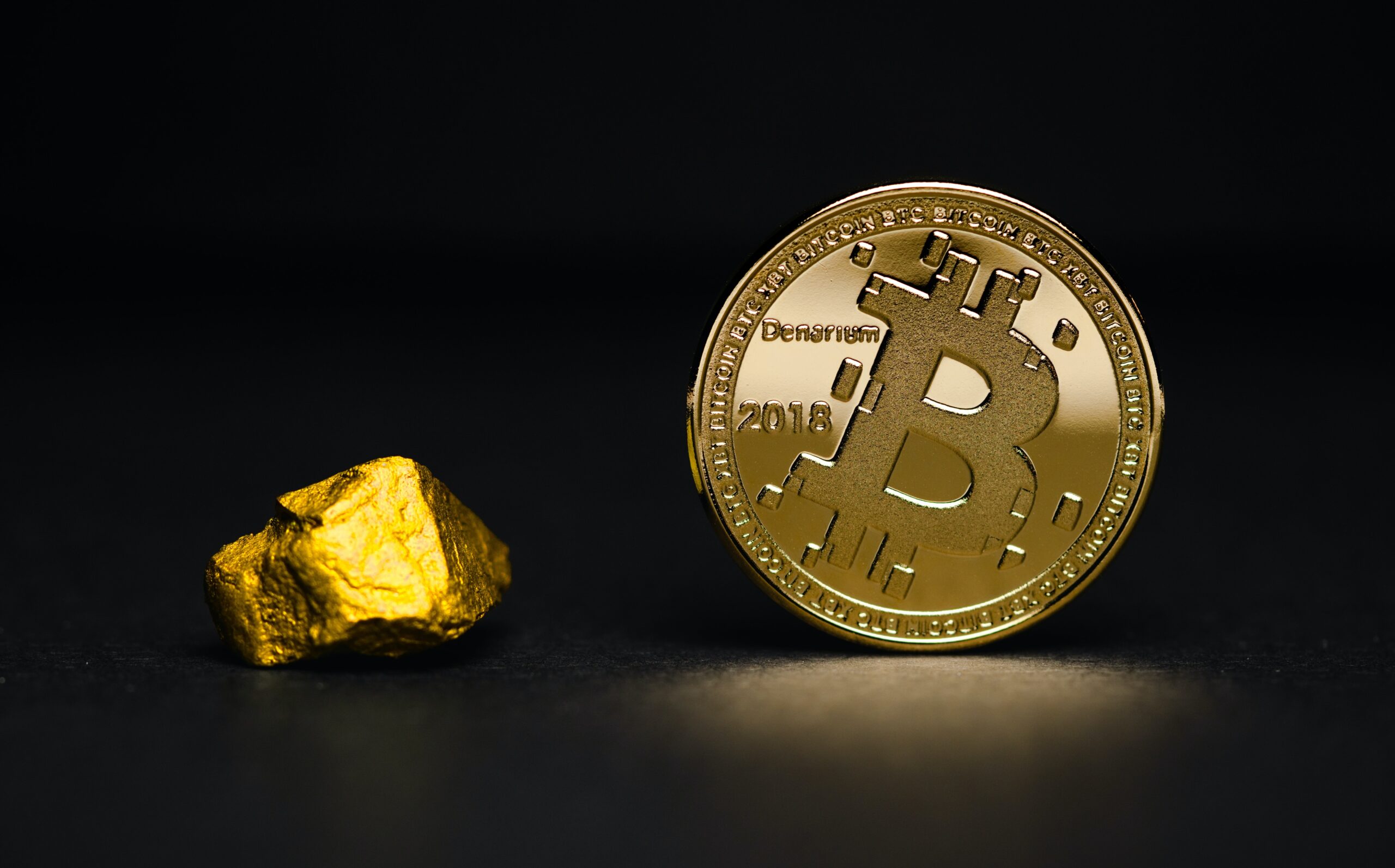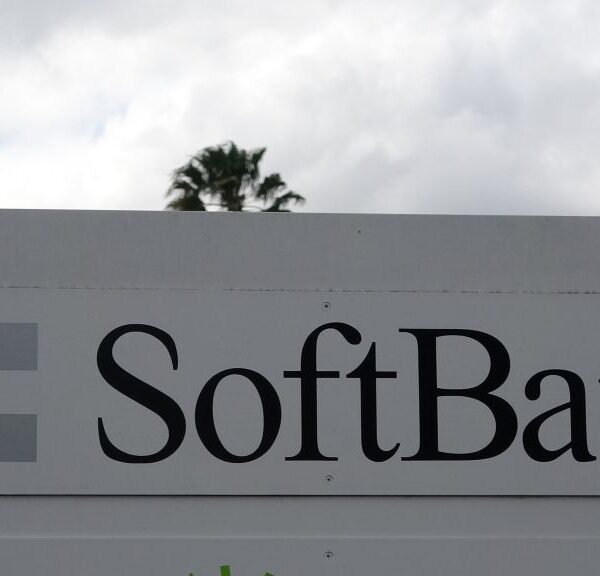Justin Bons, founder and CIO of Cyber Capital, Europe’s oldest cryptocurrency fund, recently took to X to express his concerns about misleading transactions per second (TPS) metrics reported by Solana (SOL) and Cardano (ADA). In a thread, Bons argues that both networks propagate misleading information that deviates sharply from established industry standards.
“The two biggest offenders for ‘fake’ TPS metrics are SOL & ADA: SOL is misleading investors by a factor of 6.5, while ADA does so by a factor of 26.5! Both are guilty of ignoring industry standards for TPS,” Bons stated in his initial post.
Cardano And Solana: Real Numbers
Bons explains that Solana’s often cited maximum theoretical TPS of 65,000 is far from its practical capabilities. He breaks down the calculation based on the network’s compute limit per block, which stands at 48 million Compute Units (CUs). With each basic transaction costing about 450 CUs and blocks occurring every 0.4 seconds, the theoretical TPS would initially appear to be around 266,000. However, Bons notes that cryptographic limitations, specifically the EDDSA verification process, significantly lower this figure. The real bottleneck brings the feasible maximum down to approximately 50,000 TPS.
For Cardano, Bons critiques the network for advertising a maximum theoretical TPS of 477, which starkly contrasts with the more realistic figure based solely on its actual block and transaction size configuration—90,112 Bytes per block with each transaction taking up 250 Bytes, calculated over a 20-second block time, results in a mere 18 TPS. Bons emphasizes, “This is a clear instance where theoretical highs are being mistaken for practical capacity. The truth is much more modest, and far from the lofty figures often quoted.”
Further complicating the TPS discussion, Bons criticizes both networks for their approach to calculating transaction throughput. “So why does ADA claim to have a capacity 26x higher than what is possible? (compared to SOL’s 6x). It is because ADA counts multiple outputs as separate TXs! Almost all other chains are able to batch TXs without additional costs. Yet none actually count this toward TPS” Bons argues.
He adds: “It’s misleading to count multiple outputs from a single transaction as separate transactions. This inflates TPS figures artificially, which isn’t the case with most other chains.” This leads him to propose a new metric—Outputs Per Second (OPS)—which he believes would provide a more accurate representation of a network’s capacity.
Bons also brings in actual usage statistics to anchor his argument in reality. “SOL’s current true TPS is 739, and ADA’s is 0.4, when measured by actual transactions processed on the network,” he notes, underscoring a stark disparity between marketed capabilities and real-world performance.
Furthermore, the researcher addresses the broader implications of these discrepancies. He suggests that the inflated TPS claims not only mislead investors but could potentially hinder broader adoption of these platforms. “Misleading TPS metrics can deter new users and developers from adopting these platforms due to a lack of trust or misaligned expectations regarding network capacity,” he explains.
Bon’s verdict on Cardano is devastating: “The truth is that there is hardly any usage of ADA. That is what this usage TPS figure represents, as most far exceed ADA’s usage now. Waves of adoption have passed ADA by for this reason. As a critic, I am attempting to salvage a massive community from becoming increasingly irrelevant.”
He concludes his critique with a call to the blockchain community for higher standards of transparency and accuracy in how performance metrics are reported. “What matters is having a consistent & comparable TPS metric across all platforms to aid investors and users in making informed decisions,” Bons asserts.
At press time, Cardano traded at $0.3335.

Featured image created with DALL.E, chart from TradingView.com














